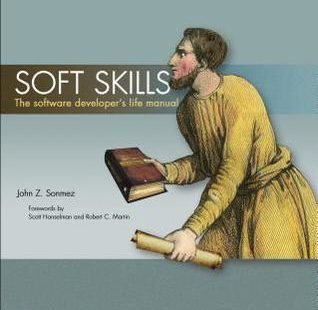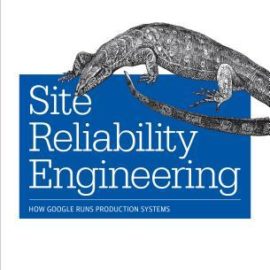Disclosure: I may earn affiliate revenue or commissions if you purchase products from links on my website. The prospect of compensation does not influence what I write about or how my posts are structured. The vast majority of articles on my website do not contain any affiliate links.
Rating: ★★★
Date Finished: April 18th, 2016
Reading Time: Ten hours over a week
An ambitious project that falls short. I found the first 200 pages to be helpful. In fact, they were a great source of inspiration. However, as an engineer who is just about to enter the workforce full time, there are certain parts of the book where it is clear that the author is stretching himself too thin while trying to hit his content quotas.
The resume writing section is decent food for thought but horrible advice. I’ve spent a lot of time lurking on LinkedIn and reviewing my peers’ resumes, and it is obvious when someone has utilized their school’s career services or a “professional resume writer” to write their LinkedIn bio or revamp their resume content. When it isn’t the prospective employee’s own work, it typically doesn’t match their professional identity (or lack thereof) at all. It makes the person seem fake or, worse, manufactured. The reason I’d advocate for the opposite-a neurotic commitment to one’s own resume-is that this will require critical assessment of each line item and will facilitate memorization which, if not done, can lead to a blow up during an interview. Drastically diverging from the typical CareerCup or other commonly accepted resume format is another terrible idea, unless you’re a designer. The reasons why are often covered in interviews with high-profile professionals on finance and CS forums.
The financial section is the worst part of the book. I admit that there is some sound advice. I agree with researching salary ranges and the how the author proposes salary negotiations, though I’ve never done it myself. Where it falls apart is in the options section. He is suggesting you fool around with options as a form of income, and, not only that, but dives right into some rather complex strategies. The math isn’t nearly as simple as he’d have you believe. And, if the profits really were that consistent, I’m pretty sure you’d have already seen this advice on Reddit or one of the well-known personal finance blogs. It’s not in any way passive income. This advice is given at the cost of glossing over Roth and traditional IRAs as if they are just for those who are self-employed.
I want to say that the real-estate advice is contrived, but it’s really not, because the author actually achieved a level of success. Rather, it’s overly simplified. The problem is that he touts his accomplishments and gives a super-high-level overview of how profitable it is, and then doesn’t spend enough time talking about the difficulties. His beginner advice is essentially “Hey, just buy a $100,000 house with 10% down and let the rent payments pay your mortgage! Free money!” Then he talks about moving to NYC or San Francisco where you can apparently afford to live frugally and maximize your paycheck. How much does an apartment cost to buy in NYC or San Francisco? The advice is nonsensical for expensive areas, where failing to secure a tenant using the leverage he’s suggesting will lead to bankruptcy. However, I can imagine it working really well for someone making a big-boy developer salary in the middle of nowhere, like when the author lived in Boise, Idaho. Managing properties isn’t easy either, and hiring a property management company really bites into the bottom line.
The “you might already know…” financial sections that were relegated to the appendix were concise. Though the author covers debt, assets and liabilities, etc, I think there is a lot more to be said about credit cards and the benefits of using one, building credit, etc. Again, the options trading aspect was just completely out of place. Also, I feel the financial section misleadingly makes the long-term stock market out to be an overall inferior option. The most common advice now on forums and certain blogs is to just throw your money in a low-fee mutual fund tracking an index, but this was not covered in the book at all.
The fitness aspect was well written and addresses most of the issues people face. I really liked the citing of research regarding the reward effect that buying expense shoes or training equipment has. I also like the get-out-and-do-it attitude here. I found his evaluation of different technical gizmos to be antithetical when paired with the fact that buying all these things up front is probably going to lessen your motivation and make you look like a tool.
I am more dedicated to improving myself after reading this book and feel it addresses the most common plights of programmers. For most, however, I surmise that the hardest thing about digesting the content of this book will be picking up the book in the first place. As a loose guide, it’s good, but, as a manual, it needs refinement and a more broad perspective.
See this review and others on Goodreads.com




